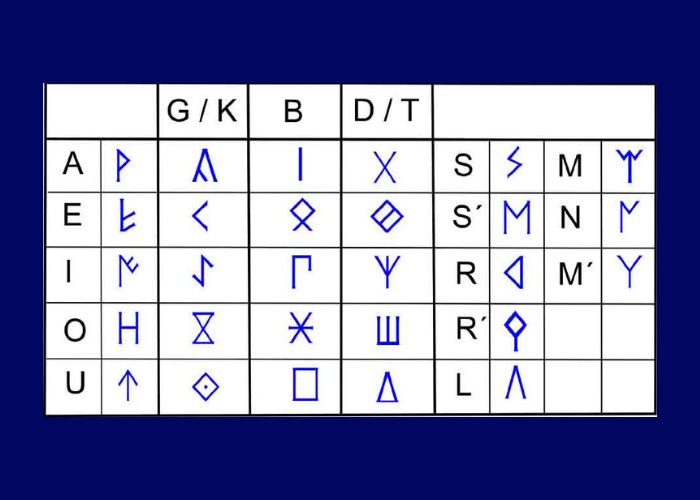For centuries, the Iberian script troubled scholars. Which letters represent which sounds? And does the writing consist only of letters? A scholar from Granada put the puzzle pieces together.
Iberians, are a group of culturally related peoples from ancient times who lived mainly on the south and east coasts of the Iberian Peninsula. The script they used was never fully understood. Finally, the sounds were mapped. National Geographic Historia wrote about it.
Research into pre-Roman writing
More than 400 years ago, “Renaissanceists” were already trying to understand Iberian characters on coins. Ancient Iberian Tradition Texts; texts about legends. It would provide new insights and knowledge about pre-Roman civilisation. Unfortunately, they were blunt time and again. On the other hand, the meaning of the Greek script and Latin was well known. The ‘Iberian’ was literally downgraded to a ‘primitive Hispanic script’.
The Similarities with Greek and Phoenician
The Enlightenment period provided new insights. Research into ancient inscriptions came full swing and scholars took a stand. Inscription expert Gregorio Mayans indicated in 1759 that he had almost completed the decipherment puzzle. But the insight would take more than 150 years. Archaeologist Juan Batista de Erro was convinced that the Iberian script was derived from Greek and Phoenician. Writer Luis José Velázquez stated the opposite in his 1752 essay. Velazquez turned out to be right. More than a century later, the German scholar Emil Hübner published a collection of Iberian inscriptions. He stated unequivocally that Iberian originated from Phoenician.
Using the comparison material, the letters -a, -e, -r, -y and -l could be identified. Earlier, some numismatists (coin experts) could have brought the ‘n’ and the ‘s’ home.
Iberian: a letter and syllable script
In the 19th century, the ‘knowledge base’ about Iberian was further expanded. French numismatist Aloïs Heiss made a table of Iberian coin legends in 1870. He was able to map the ‘Latin’ equivalents of almost all Iberian characters. However, Heiss overlooked one crucial aspect: the syllables. This pre-Roman script is not only a letter alphabet but also semi-syllabic: a mix of letters and syllables. The scholar Jacobo Zóbel managed to identify several syllables (ka, ke, kok and du) in 1880.
The blueprint further elaborated: Gómez found answers
Manuel Gómez, archaeologist and historian from Granada, would build on the knowledge available until then. In the 1920s he researched lead-engraved texts in “Greek-Iberian”: a simplified version of the Greek alphabet based on Iberian. In addition, Gómez researched coin legends. He found that many coins, both the Iberian script and the Latin script, contained the same image and came from the same distribution area. Regardless of the language, the place names on the coins must have been the same.
Gómez mapped the Iberian and Latin coinage legends, which came from the same area. This enabled him to ‘extrapolate’ the sounds of Latin towards Iberian. This led to an almost complete understanding of the phonology behind the Iberian script. In plain language: the sounds of the letters and syllables became clear. In 1943, Gómez would publish another article comparing Iberian with other ‘Mediterranean scripts’.
Not one Iberian script
The pre-Roman Iberian script is and remains special. Especially the semi-syllabic aspect is quite unique; with characters representing the syllables -ba, -ta, -ka, -be, -te, and -ke. Other signs are only alphabetical, such as the vowels (a, e, i, o, u) and the consonants (n, m, s, ś, l, r, ŕ).
Yet it is not the case that there was only one Iberian script. Gómez discovered that the Hispanics used multiple scripts. The script completely mapped out by Gómez is known as the ‘dominant variant’: the so-called ‘Levantine-Iberian’ script. Most of the Pre-Roman inscriptions we know are written in this variant.
Thanks to the work of Gómez and other scientists, we now know which sounds belong to which letters. Yet we are still in the dark when it comes to grammar, vocabulary and meaning.


